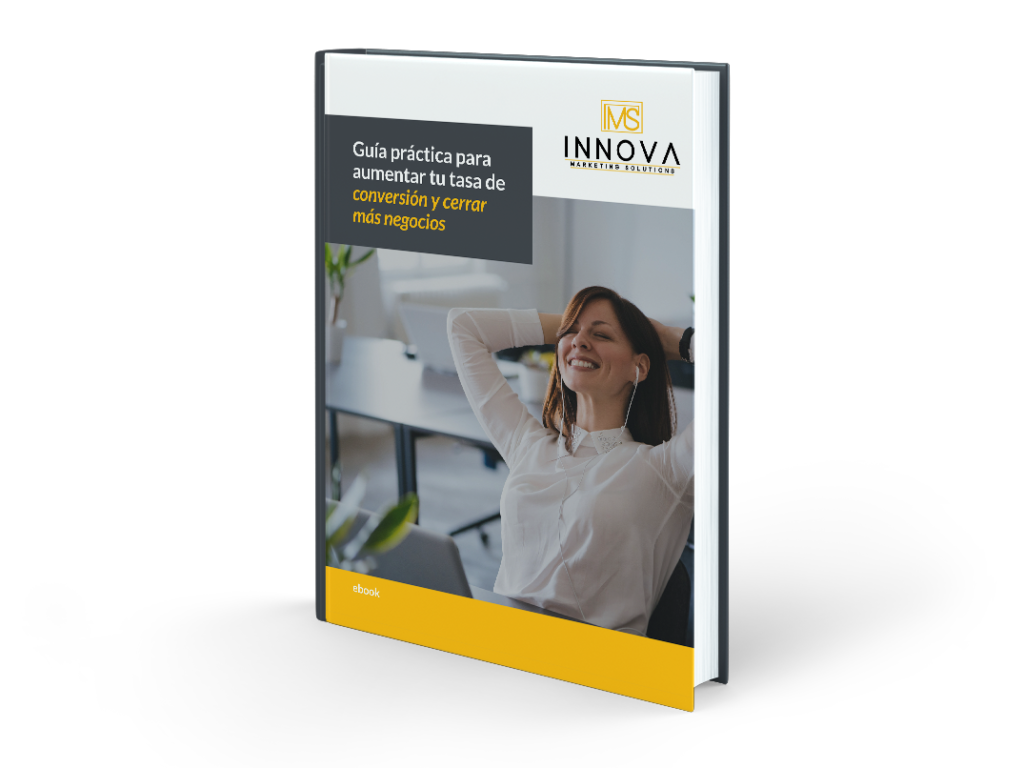Reading time 5 minutes
When we talk about the sales cycle, potential customers who enter this process are usually given different names, according to the level of knowledge they have about your brand and how interested they are in making a purchase.
We can talk about leads in the beginning, which can then become prospects until they become a sales opportunity. And before we know how to get each one of them to evolve into the next, it's important to answer one question: do you know how each one of them is different? Let's start at this point.
What is a sales opportunity?
An opportunity is a qualified prospect who has a high probability of becoming a client. This person must have a pain point that can be solved with your product or service, and they must also have a purchase interest.
Implist claims that approximately 6% of this audience closes a sales deal, with an estimated conversion time of 18 days. A low figure may mean that your team members do not follow the same measures to decide when a prospect has evolved into an opportunity, and progress occurs at different rates from one representative to another.
The stages of the sales cycle must be perfectly defined, as well as the requirements for the advancement of your prospects.
Lead vs. Opportunity
A lead is a person who has entered the first stage of the buying cycle and although they have some interest in your brand, they are not yet qualified.
For example, a user who has offered his email in exchange for downloading an eBook. A sales opportunity is a qualified prospect with a high probability of closing a deal.
Zorian Rotenberg, CEO of Atiim Inc. says that some sales representatives may think a lead is qualified by meeting the BANT (Budget, Authority, Need and Time) criteria, but this will not necessarily be known at such an early stage.
Lead vs. Prospectus
While a lead is an unqualified contact, as we do not know at this point if it is fully compatible with the product, a prospect is a contact who has already been qualified as an ideal customer who would consider closing a purchase.
How do you turn a lead into a prospect?
In order for a lead to evolve to the rank of prospect, it is necessary for it to go through the sales qualification process, and it is here where we will determine that your product or service is the ideal solution for this person's problem. These are the 3 stages of qualification:
- Level of qualification - Organisation. Verify that the characteristics of your leads match those of your buyer person.
- Level of qualification - Opportunity. Determine if the prospect can implement your company's offer in a feasible way and if they will really benefit from it.
- Level of qualification - Interested. After completing the above steps, confirm that they have the authority to make the final purchase decision. If not, identify the person in the company who can meet this requirement.
That's how your contacts will move from leads, to prospects, to opportunities.
A lead decides to receive a piece of content or respond to a cold
call ↓.
After passing the qualification process, it becomes a prospect
↓.
The qualified prospect considers acquiring your solution, it becomes an opportunity
Practical guide to increase your conversion rate
and close more business.

Characteristics that all sales opportunities must have

To help you define whether or not your prospect qualifies to move up to the opportunity level, here is a list of traits that they will likely share to fall into this category.
1. Pain
When we talk about pain, we mean need or problem. Your contact must be in some kind of 'pain' to find a product or service that works as the best solution. So if this characteristic does not exist, the chances of a purchase occurring are very low.
This will be determined by the sales representative through carefully considered questions.
2. Interest
A lead may have a problem, be aware of it, but have no interest in solving it. For example, your lead is the manager of a company that makes hygiene products and their supply chain tends to be slow and disruptive.
But when you talk to him you discover that this problem has existed for 15 years. What are the chances that he will agree to a solution after so much time in the same pain?
It will be the sales team's job to really decide which battles are most likely to be won.
3. Setting
Let's see the previous example with another context. Your contact, the manager of a hygiene products factory, knows that his supply chain is not optimized and is looking for solutions for his productivity and efficiency.
Your company has 20 employees, but your product is software designed for companies with more than 100 employees.
There may not be a sale because the prospect, despite having pain and interest, does not fit the characteristics of your solution.
Forcing a sale in these conditions can bring consequences for both your client and your business, such as dissatisfaction, loss of money, bad references, frustrations, etc.
According to B2B Lead, 50% of sales time is lost in a non-productive prospecting process, but this does not have to be your case.
It's time to empower your teams to start turning time into money, working with a structured and improved sales cycle.
At Innova Marketing Solutions we can help you create a sales cycle with defined stages, so that the evolution of your leads to prospects and opportunities is more effective than ever. Write to us now for free advice from our experts in sales strategies.

